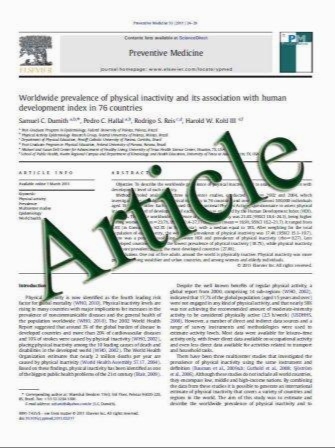NBS1 Heterozygosity and Cancer Risk
- نوع فایل : کتاب
- زبان : انگلیسی
- مؤلف : Alessandra di Masi* and Antonio Antoccia
- چاپ و سال / کشور: 2008
Description
Biallelic mutations in the NBS1 gene are responsible for the Nijmegen breakage syndrome (NBS), a rare autosomal recessive disorder characterized by chromosome instability and hypersensitivity to ionising radiation (IR). Epidemiological data evidence that the NBS1 gene can be considered a susceptibility factor for cancer development, as demonstrated by the fact that almost 40% of NBS patients have developed a malignancy before the age of 21. Interestingly, also NBS1 heterozygotes, which are clinically asymptomatic, display an elevated risk to develop some types of malignant tumours, especially breast, prostate and colorectal cancers, lymphoblastic leukaemia, and non-Hodgkin’s lymphoma (NHL). So far, nine mutations in the NBS1 gene have been found, at the heterozygous state, in cancer patients. Among them, the 657del5, the I171V and the R215W mutations are the most frequently described. The pathogenicity of these mutations is presumably connected with their occurrence in the highly conserved BRCT tandem domains of the NBS1 protein, which are present in a large superfamily of proteins, and are recognized as major mediators of processes related to cell-cycle checkpoint and DNA repair. This review will focus on the current state-of-knowledge regarding the correlation between carriers of NBS1 gene mutations and the proneness to the development of malignant tumours.
Current Genomics, 2008, 9, 275-281 Received on: April 18, 2008 - Revised on: April 26, 2008 - Accepted on: April 27, 2008


